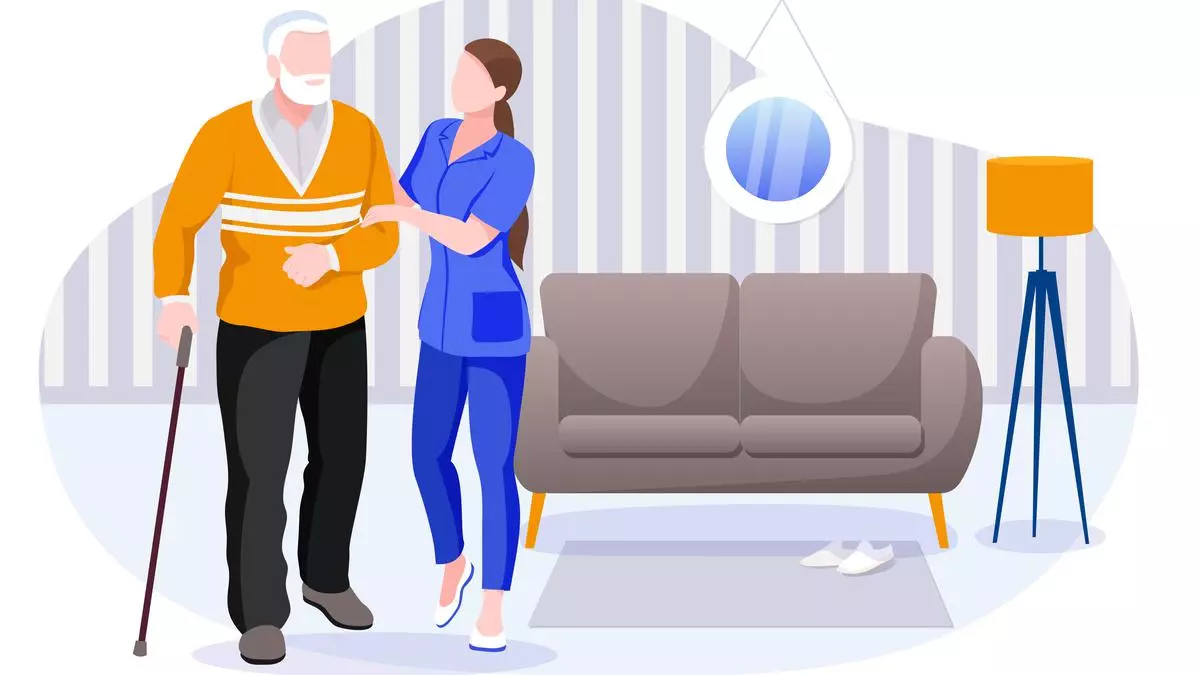
1. Private Pay
Out-of-Pocket Payments
Private pay, or out-of-pocket payment, is one of the most straightforward ways to cover home health care costs. This method involves paying for services directly, without relying on insurance or other funding sources. While this option offers flexibility in choosing providers and services, it can be costly, especially for long-term care.
Personal Savings and Investments
Many individuals use personal savings or investments to fund home health care. This may include tapping into retirement accounts, selling assets, or using funds from savings accounts. While this can provide immediate access to necessary care, it’s essential to plan carefully to avoid depleting resources too quickly.
2. Insurance Coverage
Private Health Insurance
Private health insurance policies may cover certain aspects of home health care, particularly if the care is medically necessary. Coverage varies widely among policies, so it’s crucial to review your specific plan details, including what services are covered, any co-pays or deductibles, and any limitations or exclusions.
Long-Term Care Insurance
Long-term care insurance is designed specifically to cover the costs of long-term care services, including home health care. Policies can cover a range of services, from personal care and housekeeping to skilled nursing and therapy. Premiums and coverage details vary, so it’s essential to understand your policy’s terms and what it covers before you need care.
3. Government Programs
Medicare
Medicare can cover certain home health care services, but there are specific eligibility requirements. Generally, Medicare will cover home health care if it is deemed medically necessary, the patient is homebound, and the care is provided by a Medicare-certified agency. Covered services may include skilled nursing, physical therapy, and some medical supplies. However, personal care and custodial services are not typically covered.
Medicaid
Medicaid is a state and federally funded program that provides health coverage for individuals with limited income and resources. Medicaid coverage for home health care varies by state but generally includes a broader range of services compared to Medicare. Eligibility requirements also vary, so it’s important to check your state’s specific rules and guidelines.
Veterans Affairs (VA) Benefits
Veterans and their families may be eligible for home health care services through the Department of Veterans Affairs (VA). The VA offers several programs, including Home-Based Primary Care and Homemaker and Home Health Aide Care, to help cover the costs of home health care. Eligibility depends on factors such as the veteran’s service history, income, and care needs.
4. Community and Non-Profit Programs
Local and State Programs
Many states and local communities offer programs to assist with home health care costs. These programs may be funded by state governments, local agencies, or non-profit organizations. Services can range from financial assistance and respite care to home modifications and transportation. Eligibility and availability of these programs vary, so it’s advisable to research options in your area.
Non-Profit Organizations
Various non-profit organizations provide financial assistance, resources, and support for individuals needing home health care. These organizations often focus on specific conditions or populations, such as the elderly, individuals with disabilities, or those with chronic illnesses. They may offer grants, subsidies, or services at reduced costs.
5. Family Contributions and Crowdfunding
Family Support
Family members often play a significant role in funding home health care. This support can come in the form of direct financial assistance, shared caregiving responsibilities, or contributions toward specific services or equipment. Open communication and financial planning are essential to ensure that everyone involved understands the costs and expectations.
Crowdfunding
Crowdfunding platforms, such as GoFundMe, have become popular ways to raise funds for home health care. These platforms allow individuals to create fundraising campaigns to gather contributions from friends, family, and the community. While crowdfunding can provide much-needed financial support, it’s important to note that it is not a guaranteed or long-term solution.
6. Reverse Mortgages and Home Equity
Reverse Mortgage
A reverse mortgage is a financial product that allows homeowners aged 62 and older to convert part of their home equity into cash. The funds received from a reverse mortgage can be used to pay for home health care services. It’s important to understand the terms and implications of a reverse mortgage, including the impact on home ownership and estate planning.
Home Equity Loan or Line of Credit
Homeowners can also consider a home equity loan or line of credit to finance home health care. These options involve borrowing against the equity in the home and can provide a lump sum or ongoing access to funds. As with any loan, it’s important to understand the interest rates, repayment terms, and potential risks.
Conclusion
There are numerous financial options available to help cover the costs of home health care, each with its own set of benefits and considerations. Whether through private pay, insurance, government programs, community support, or family contributions, understanding and exploring these options can help ensure access to quality care. It’s crucial to carefully evaluate each option and consult with financial advisors or care coordinators to make informed decisions that best suit your financial situation and care needs.